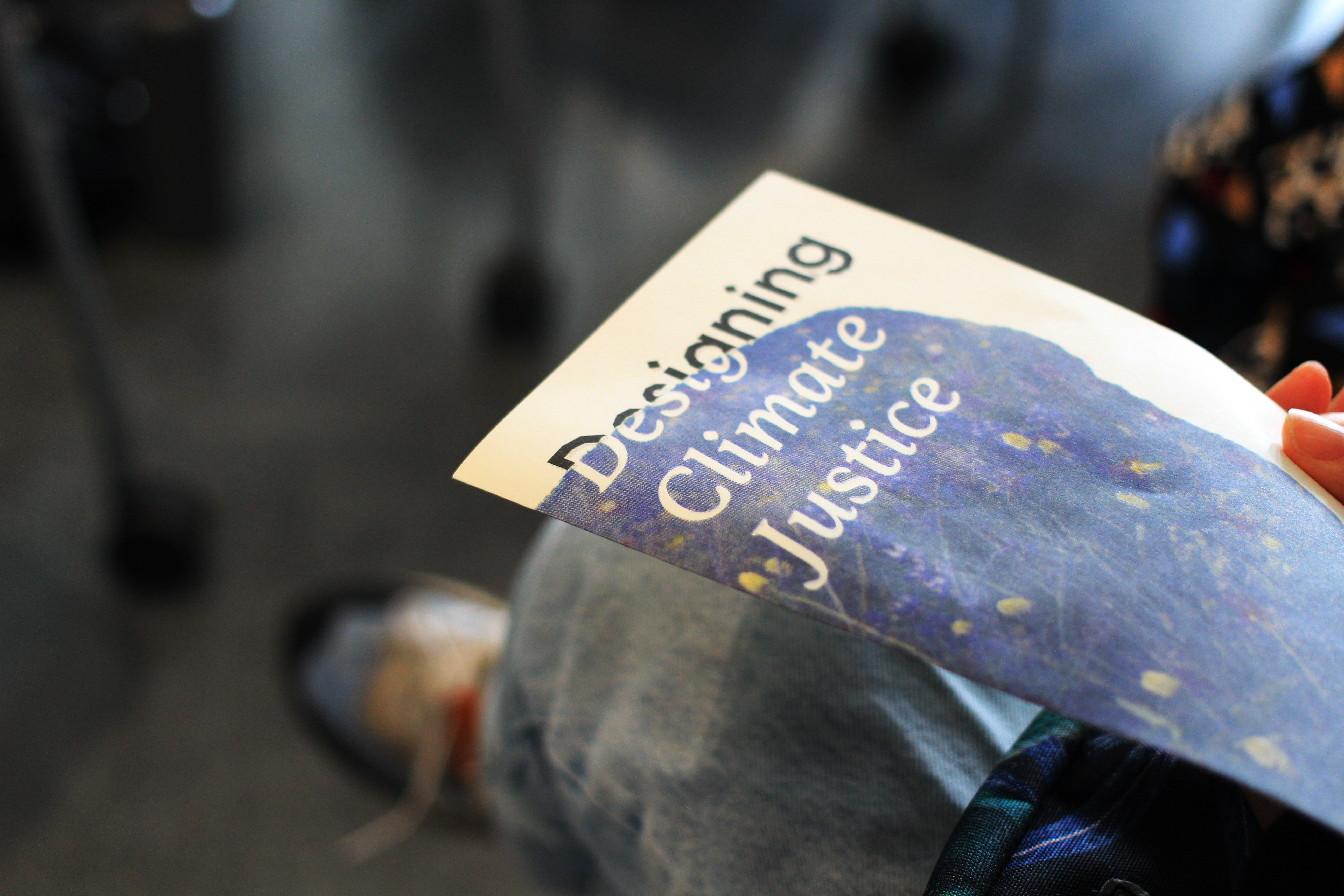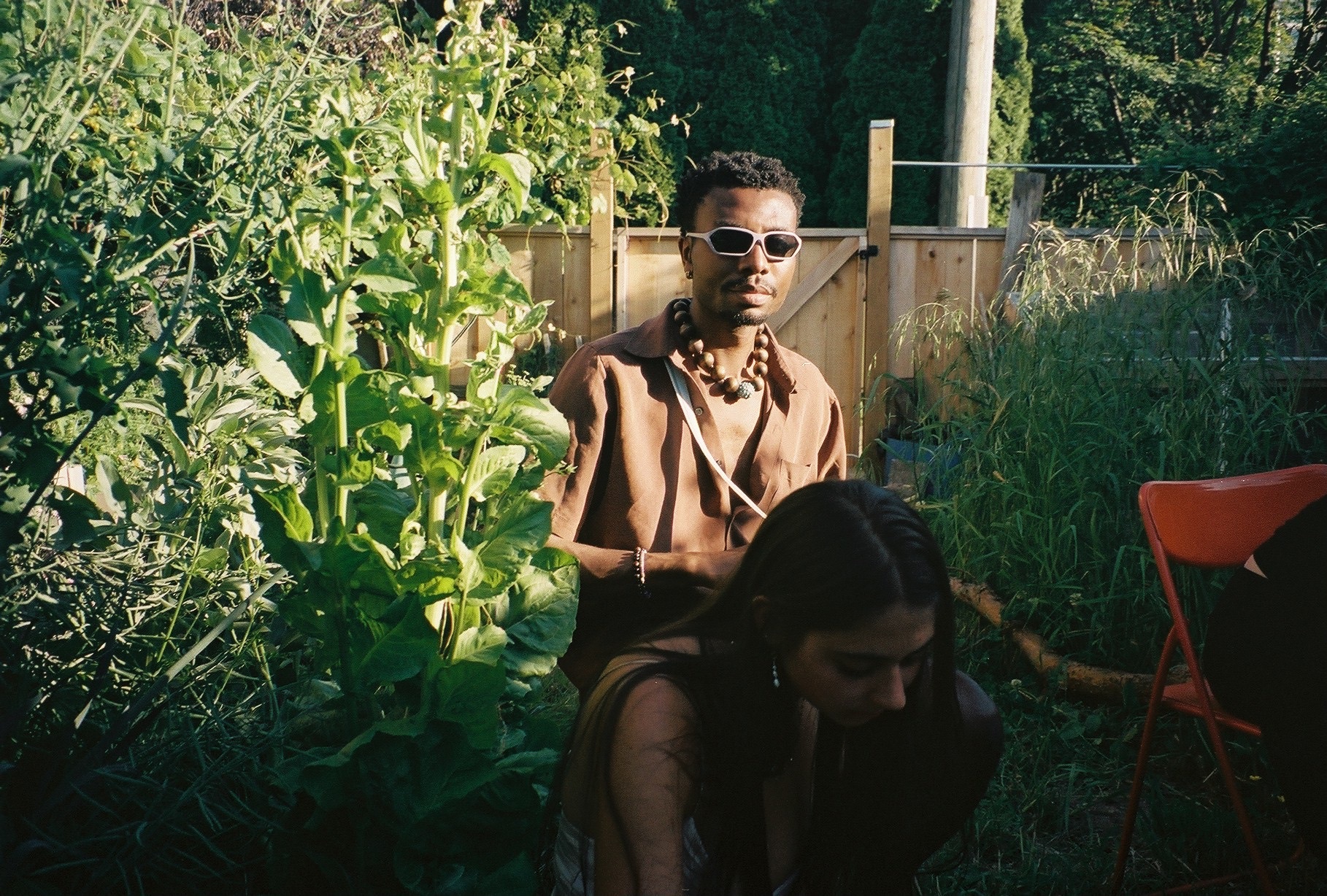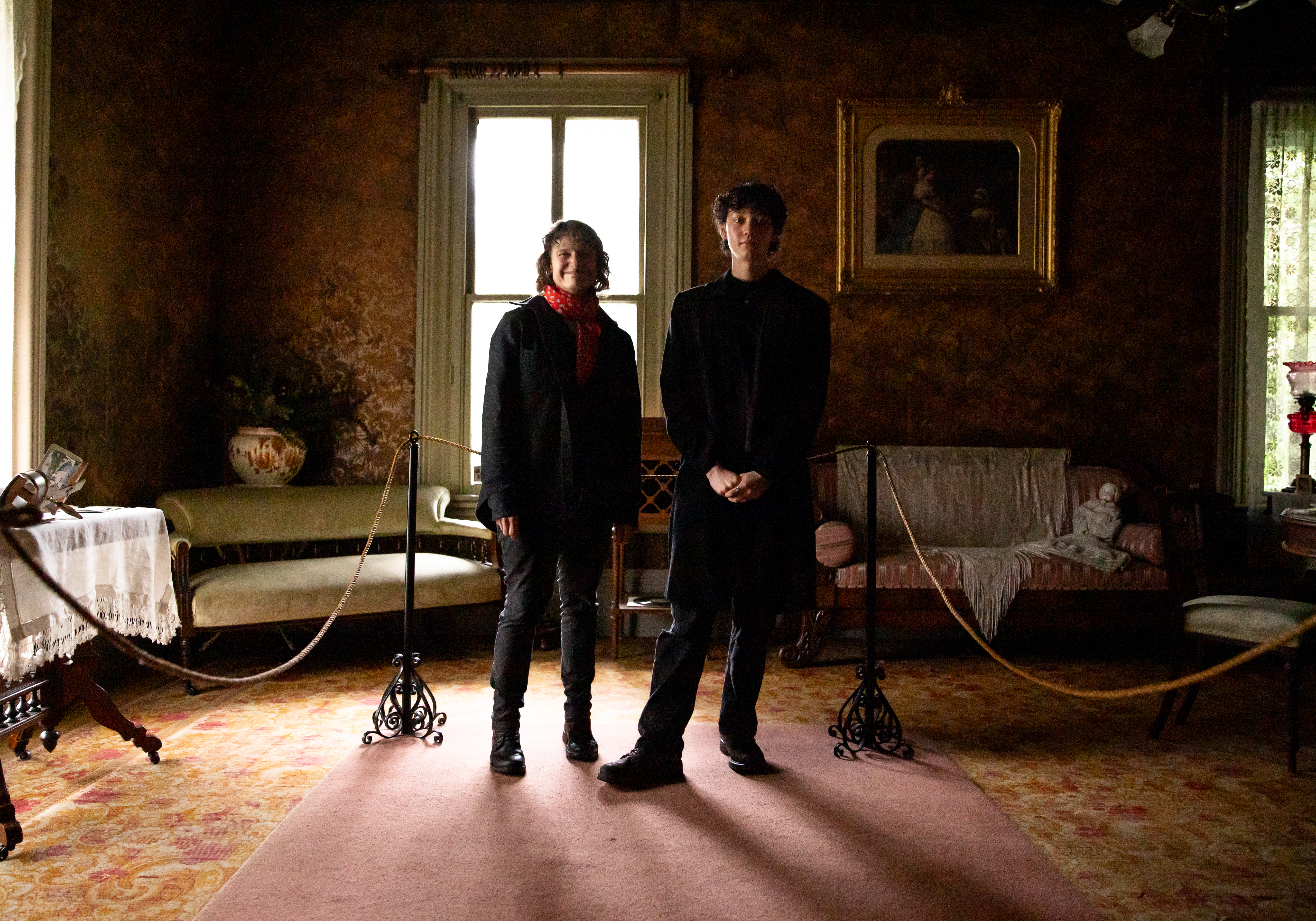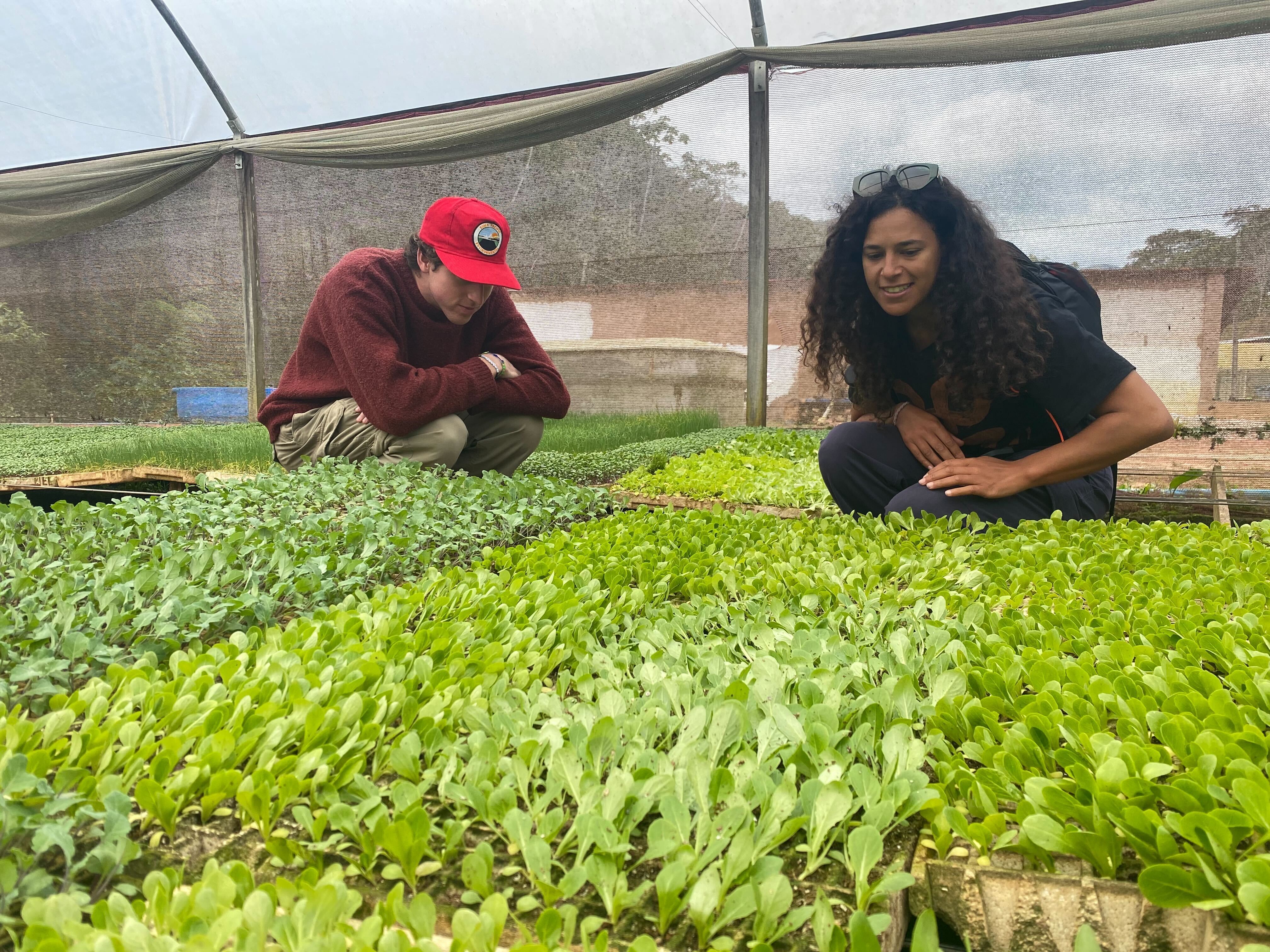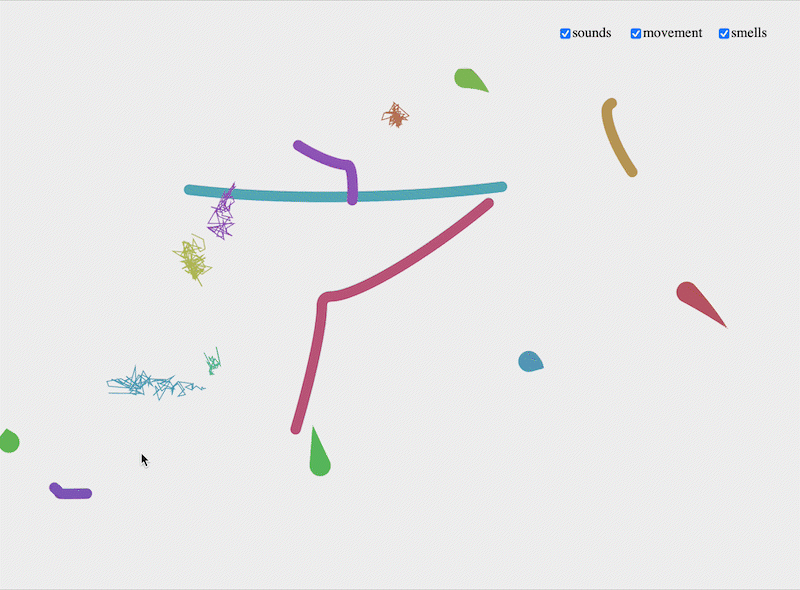From Shores of Baltic to Salish Sea, Students Explore Overlooked Systems + Histories Through Lens of Intertidal Zones

Tide Places participants walk the foreshore around Wreck Beach in Vancouver. (Photo by Alison Boulier / courtesy Shumka Centre for Creative Entrepreneurship)
Posted on | Updated
Tide Places, emerging from an ongoing collaboration between artists Laura PÃĩld and Lou Sheppard, sparked an exchange between students from Tallinn and Vancouver around a deeper understanding of place.
A recent collaboration between artists , and brought together installation and sculpture students from (EKA - Estonian Academy of Arts) with students from ČŦÃņēĘÆą (ČŦÃņēĘÆą) for a research residency exploring place, history and possible futures.
considered what people can learn from âthe flexibility and adaptabilityâ of the creatures and processes of exchange in intertidal zones, a definitive ecological characteristic for both Vancouver and Tallinn.
Tide Places builds in part on Lou Sheppardâs ongoing investigation into these unique environmental areas, which likewise informs his upcoming public artwork for the Broadway Subway lineâs future Great Northern Way-Emily Carr Station. The residency expands on these themes with the addition of longtime collaborator Laura PÃĩld, her students from Tallinn, and ČŦÃņēĘÆą faculty and design researcher Laura Kozak.
âWhat stories, language, memories and futurities do these lands and waters hold?â the artists write. âHow do these layers of change reflect a larger narrative about relationships in this place? What resiliencies and futures are possible here?â

Laura Kozak leads Tide Places participants in an exercise at Wreck Beach. (Photo by Alison Boulier / courtesy Shumka Centre for Creative Entrepreneurship)
Intercultural and artistic exchange were fundamental to the project, with Laura PÃĩld and her EKA students visiting several classes including faculty member âs third-year Visualizing Ecologies class, where they brought drawings from the Estonian shoreline to share with the community. Meanwhile, ČŦÃņēĘÆą students worked as research assistants (RAs) on the project, helping to develop and facilitate workshops and leading the Estonian guests on walks throughout the city.
âThe involvement of EKA students meant our students became hosts and facilitators as much as researchers supporting the residency. So, we had multiple layers of exchange happening,â Laura Kozak says. âWhen we host people, itâs important to make space for cultural exchange and reciprocity to take place. Itâs a real act of cultural diplomacy that can occur when we undertake these types of projects, and for me, it was one of the most meaningful parts of Tide Places.â
The groups worked in the studio, held dialogue circles and visited art spaces. They also visited âedge spaces,â including SkwaĖchaĖyĖs (False Creek), Habitat Island and Wreck Beach, to examine how ecological forces, colonialism and industry have shaped the landscape.
Such forces are not always visible beneath the cityâs gleaming veneer or even within its autobiography, Laura adds. Tide Places aims to cultivate attunement to those concealed influences.


(Top): The group walks the neighbourhood around the east end of False Creek â an area which was a tidal flat prior to colonization. (Photo by Alison Boulier / courtesy Shumka Centre for Creative Entrepreneurship) | (Bottom, from L): EKA students Aurelia Grace Talmon, Asmus Soodla, Liisa-Lota JÃĩeleht, Elise Marie Olesk and Sonja Sutt work with ČŦÃņēĘÆą student Eknoor Matharoo in the printmaking studio at ČŦÃņēĘÆą. Not present that day was EKA student Kail Timusk. (Photo by Perrin Grauer)
âThe students involved in this project have a tremendous capacity to notice things beyond a dichotomous, simplified story of place,â Laura says. âTogether, we created a forum to ask questions about how our bioregion is shaped and we responded through creative practice. Tide Places was an opportunity for students to use artistic methods to see the systems hidden all around us and to help others see them as well.â
Tide Places is organized by the in collaboration with the . The project is generously supported by , with additional funding from Erasmus and EKA, Tallinn.
Fourth-year Visual Arts student Parumveer Walia, who works in photography and film, is the primary contributor of images and words for the forthcoming publication.
âThe EKA students met us with a lot of curiosity, and werenât afraid to ask questions, which was wonderful,â he says. âIdeas of unceded lands were new to them, so while there was sometimes discomfort, meeting that challenge was very fruitful. We found ways to allow these knowledges to speak through us â to find a kind of kinship through the research. And I think we were able to give one another new models for understanding.â

Artist and designer Jefferson Alade (MFA 2025) leads a workshop aimed at cultivating auditory engagement at Hinge park in Vancouver. (Photo by Alison Boulier / courtesy Shumka Centre for Creative Entrepreneurship)
Fourth-year Communication Design student Sakeena Soniâs contribution to Tide Places primarily involves developing the forthcoming publication documenting the project. Sakeenaâs degree includes a SPACE minor, reflecting her interest in social practice and place-based design.
âThis project feels larger in scale than others Iâve worked on, involving both the Estonians and people in Vancouver,â she says. âThere was a lot of learning through collaboration, which required thoughtful consideration of many aspects of the publication â including how to capture that geographical scope in terms of content, graphics and languages. This project allowed me to learn a lot about that, and itâs been great to be a part of it.â

A student draws by the water near the Olympic Village neighbourhood in Vancouver. (Photo by Alison Boulier / courtesy Shumka Centre for Creative Entrepreneurship)
Laura applauded the commitment her RAs demonstrated throughout the project, underscoring the importance of introducing the EKA students to a version of Vancouver most visitors never get to see.
âIn tourist pictures of Vancouver, you almost always see the ocean, and then a tightly clustered bouquet of buildings, and then the mountains and sky,â Laura says. âItâs an image of the city as something very pristine and beautiful. But you canât see any of the systems supporting those elements or the implications for other cultural ways and beings. As artists and designers, our role can be to translate some of that and help others see whatâs missing in those kinds of images.â
Learn more about the ČŦÃņēĘÆą student RAs in Shumka Centreâs .
to learn more about Tide Places. to stay up to date on the forthcoming Tide Places publication.
